Massage
According to Novacare physical therapist Martine Marino, MPT, COMT, who specializes in working with runners, “There is research to support massage as an effective modality for decreasing perceived pain and DOMS (delayed onset muscle soreness). It increases blood and lymph flow, decreases circulating cortisol, decreases inflammation and increases beta-endorphins.”
She stresses, however, that “massage” can be a catch-all term, and it’s important to treat every athlete on a case-by-case basis.
“I perform ‘massage,’ but we usually refer to it as soft tissue mobilization because we are not doing massage in the traditional sense. Our massage is targeted and specific,” she says. “Myofascial release via instrument assisted technique (graston) or myofascial decompression (cupping) are (anecdotally) very effective. I also do strain-counterstrain and trigger point massage which is more neurological and less mechanical.”
If you are looking for the convenience and ability to perform self-massage, the Hyperice Hypervolt is one of the best products on the market. With a cordless design, three levels of vibrations and QuietGlide technology, the Hypervolt is a highly desired tool in the sports performance world.


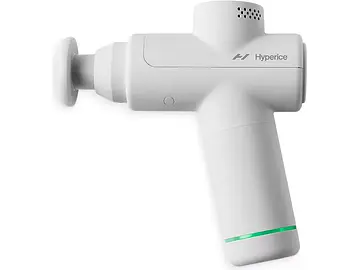
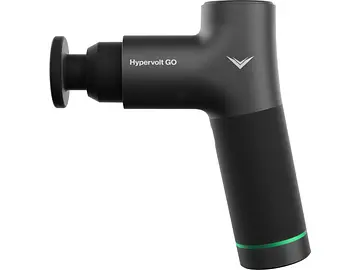



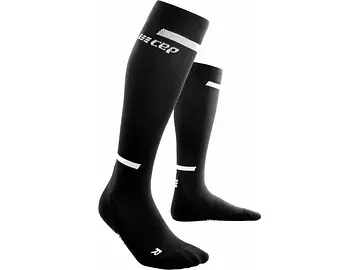
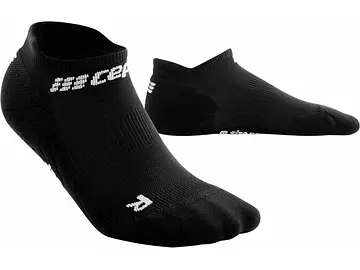

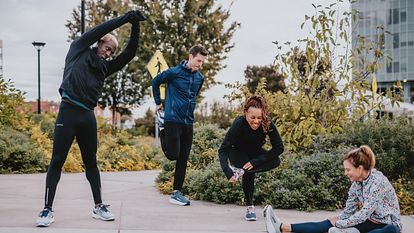

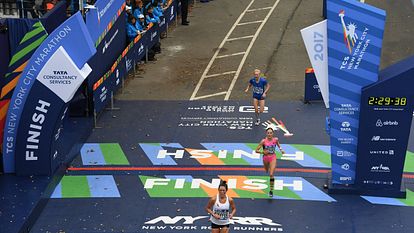
Join our Newsletter
Get deals, events, and more.
Connect with Fleet Feet
Get involved on social media.
Find a Location
Fleet Feet has over 250 locations nationwide!
Find a Store